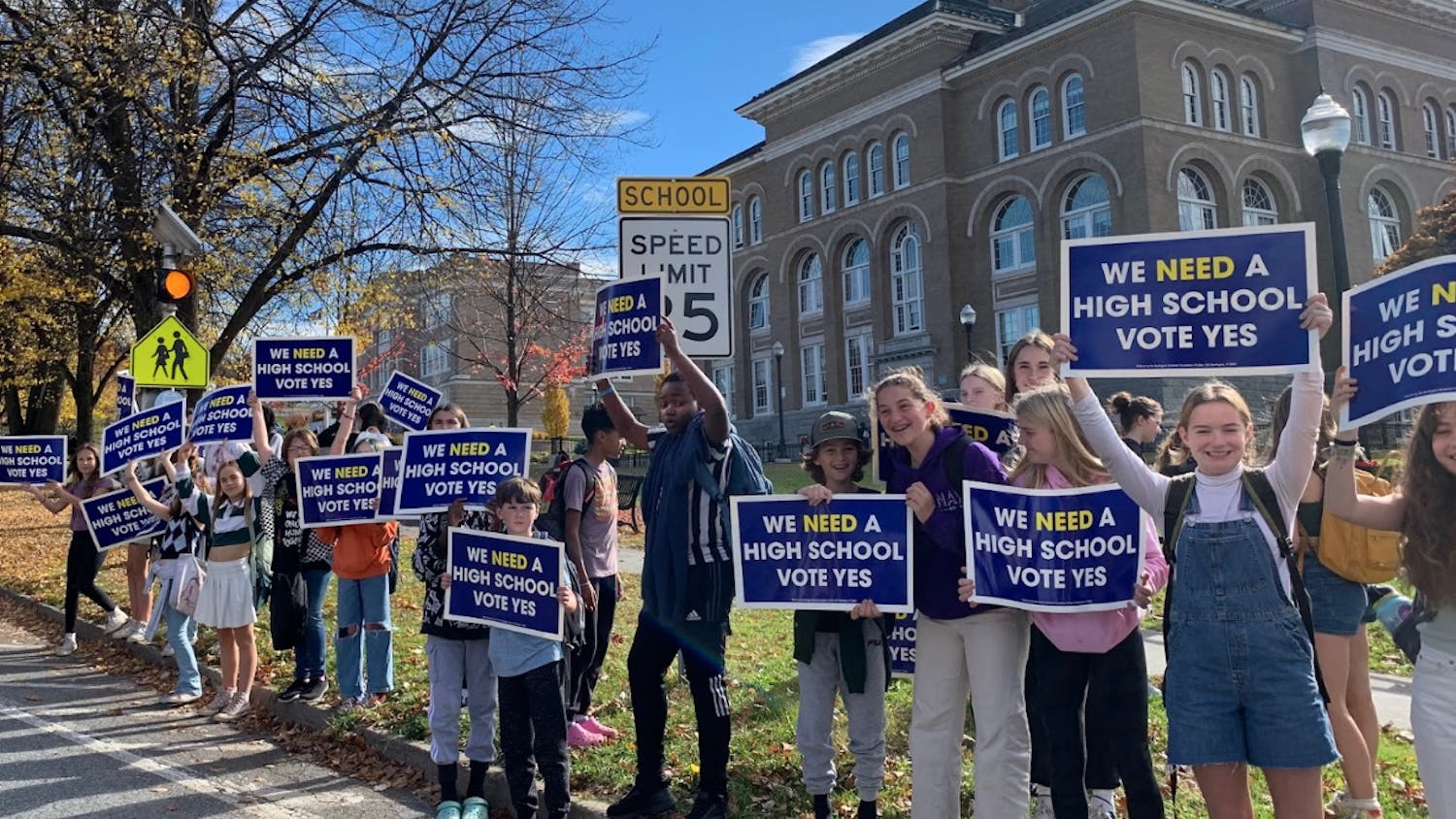Some Vermont newspapers have been forced to make changes due to the pandemic and shifts in readership.
The Waterbury Reader and The Vermont Cynic stopped printing in September due to financial strain and decreased interest in print versions. Another local newspaper, The Addison Independent, has seen recent changes in its amount of digital readership and sources of profit.
The Waterbury Reader was a free, weekly newspaper printed in collaboration by Waterbury Roundabout online news and Barre-Montpelier Times Argus. It served the towns of Waterbury, Duxbury and Moretown in Washington County and Bolton in Chittenden County. Stories will now only be published on the news site WaterburyRoundabout.org following the termination of The Reader’s print deal.
The Vermont Cynic, the University of Vermont’s student-run newspaper, has been in print since 1883. The paper announced its transition to a fully digital format at the beginning of September.
The Addison Independent remains in print and releases a weekly issue on Thursdays.
While the pandemic accelerated the closure of some newspapers, the decline of local news began well before March 2020. The New York Times published an article in 2019, which reported that one in five U.S. newspapers had closed since the early 2000s. In regards to Vermont-based news sources, the article said “The Burlington Free Press has not closed, but local issue coverage has been reduced to the point of uselessness.” In March 2022, The Burlington Free Press reduced its print frequency, replacing print newspapers on Saturdays with a digital version.
In March 2020, the Stowe-based Waterbury Record ceased publication. Unlike The Waterbury Reader, The Record did not transition to an online-only version, but rather closed altogether.
According to a December 2020 Boston Globe article, Montpelier-based VTDigger and Burlington-based Seven Days have been able to effectively adapt to shifting readership in the state. VTDigger publishes online-only news daily, while Seven Days produces both a weekly print newspaper and exclusively online stories daily. VTDigger averages 700,000 monthly online readers, while Seven Days has a weekly print readership of about 108,000 and weekly digital readership of 104,200. “The success of VTDigger and Seven Days is a glimmer of good news for local journalism, which has taken a well-documented beating over the past 15 years,” the Globe article reads.
The Waterbury Reader cited a decreased interest in its print publication as a cause of financial strain, leading to its decision to stop the print version. According to a Seven Days article, The Reader was losing close to $900 per week by continuing its print publication. The paper also pointed to its lack of advertising support as impacting its inability to sustain printing and delivery. The Reader’s Executive Editor, Steve Pappas, issued a written statement, which said that transitioning back to printing would require “a seismic shift in revenue generation.”
Despite the decision to transition to a digital format, the future of The Waterbury Reader remains uncertain. While the print version put a financial burden on the organization, it also generated some income.
UVM’s Vermont Cynic was also forced to make a similar decision to The Reader. On Sept. 6, Cynic Editor in Chief Ella Ruehsen and Managing Editor Eric Schaf released a statement announcing the end of the Cynic’s print publication and its transition to a fully digital paper.
The Cynic had halted printing several times throughout the pandemic to account for reading habits, such as from spring to fall 2020 and again from late fall 2020 to spring 2022. The paper finally ceased printing permanently in fall 2022. Despite The Cynic’s attempts to revitalize its print publication, the pandemic pushed most readers to view their content online.
In the statement, Ruehsen and Schaf noted the sharp decline in popularity of print newspapers. “Issues were not flying off the shelves this past spring. On the contrary, armfuls of copies of our paper wound up in the recycling bin each week,” they wrote.
The Cynic’s statement also noted that the website typically received two times more page views than printed copies did when they were in circulation. At peak performance, the website received 16 times more views than its printed publications.
Other local newspapers, such as the Middlebury-based Addison Independent, saw similar trends in digital readership due to the pandemic. When the college shut down, business for the Addy Indy decreased dramatically. Executive Editor and Publisher Angelo Lynn told The Campus that the lack of college students, closed stores and fear of contracting the virus through touch caused paper sales to plummet, costing the paper $4,500 a week.
In response, the paper then decreased its print publication from twice a week to once a week. However, community newsletters increased to four times a week in order to keep the community updated about the virus.
Almost three years after the onset of the pandemic, the Addy Indy has about 17,000 readers and a total of about 7,000 subscribers. Paper subscriptions dipped because of store closures and the transition from twice-weekly to once-weekly papers, while online subscriptions increased, Lynn said. It is currently receiving more subscriptions per issue than in previous years.
The paper now faces increased printing costs due to changes in demands from paper manufacturers and heightened labor costs, both of which have forced it to rely on community donations. The Addy Indy previously relied on advertisements for 80% of its income and subscriptions for 20%. It will now rely on advertisements, subscriptions, and community donations in equal proportions.
“The future of community newspapers is really going to be dependent on how much the community rises up to support them,” Lynn said.
Lynn added that the Addy Indy never considered moving to a digital-only format. “I believe in a strong print product. It gets everybody on the same page,” he said.
“[Online, readers are] very apt to miss important community stories just because it’s scattered out there. It’s just not all in one place. It’s very difficult for your community to be in sync with each other if they’re not reading the same sets of information,” Lynn said.
Despite this perspective, Lynn said he is not advocating for community newspapers to diminish their online presence. Online media helps get news out to more people in the community and allow the community to approach its challenges with the same information.
While print media might be the best way to keep communities on the same page, the existence of local newspapers in any form is vital. “A community newspaper done well is the glue that holds the community together,” Lynn said.




